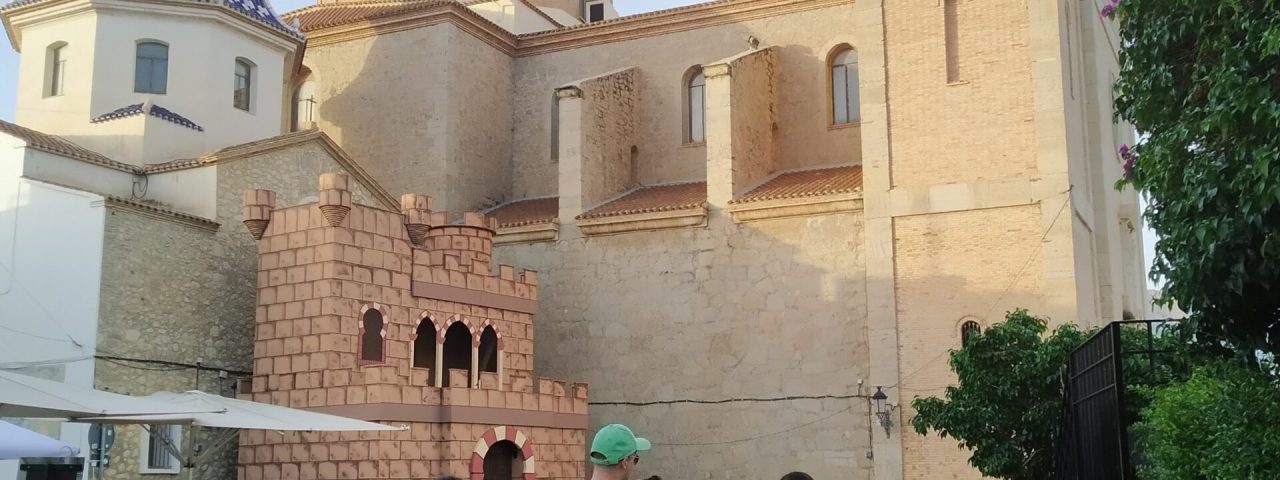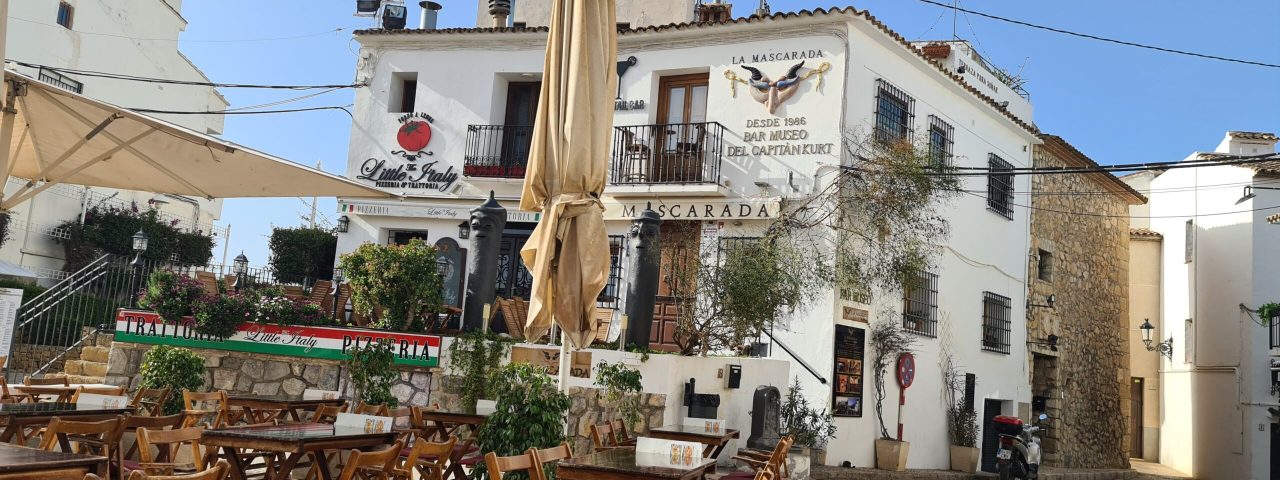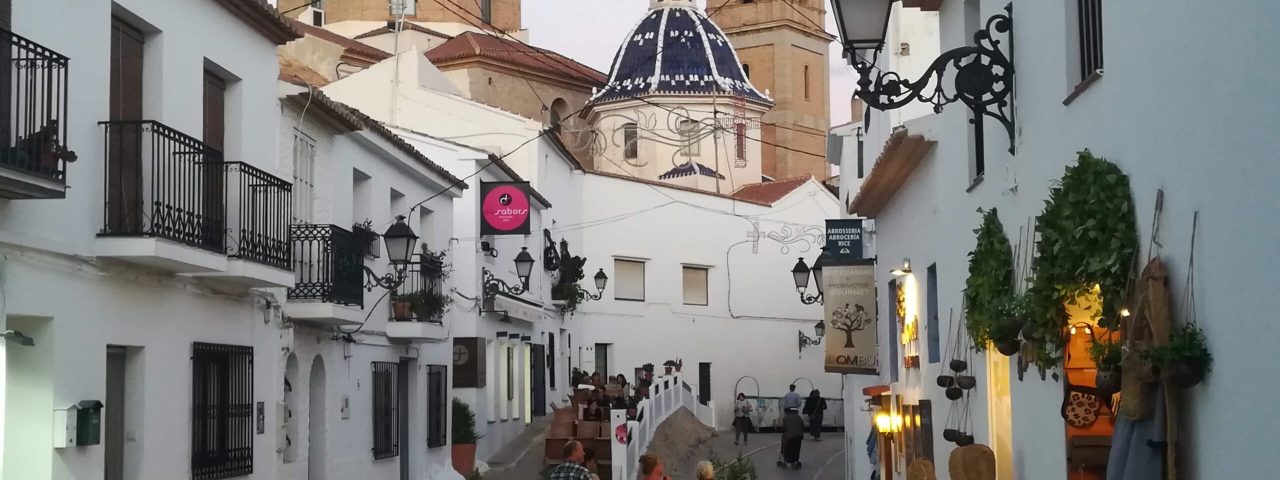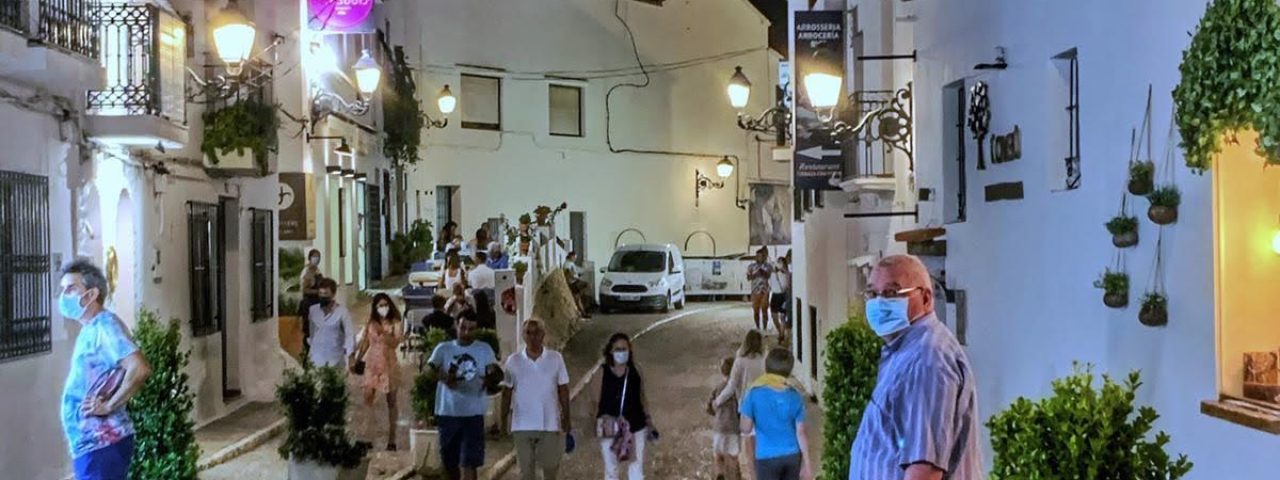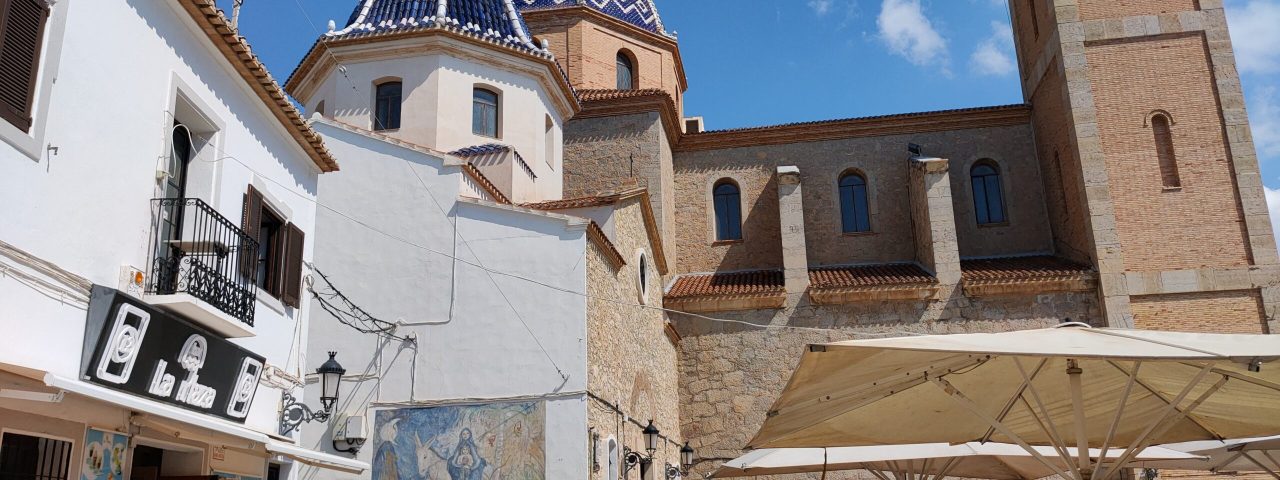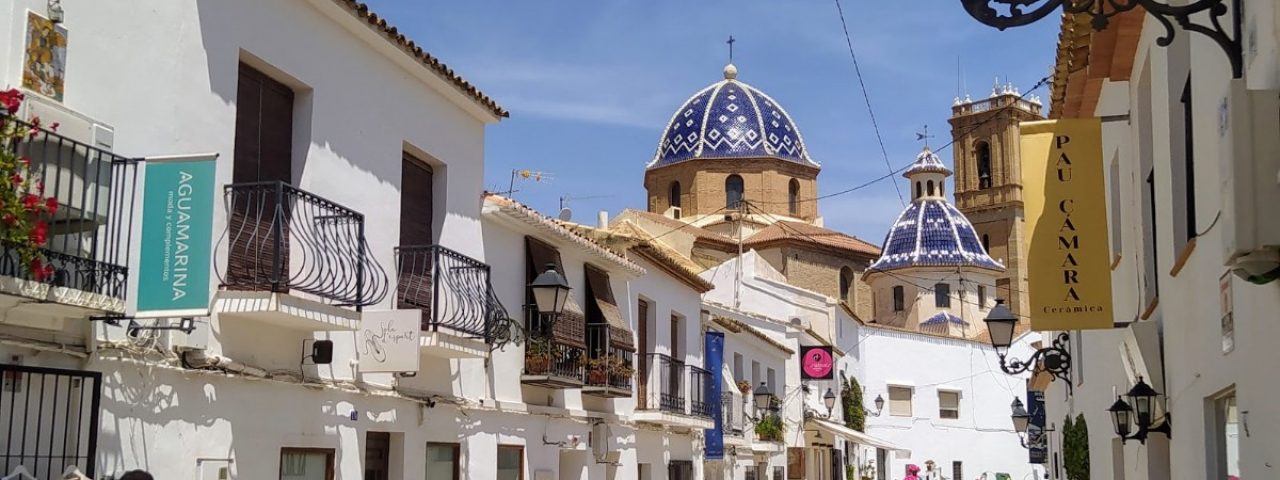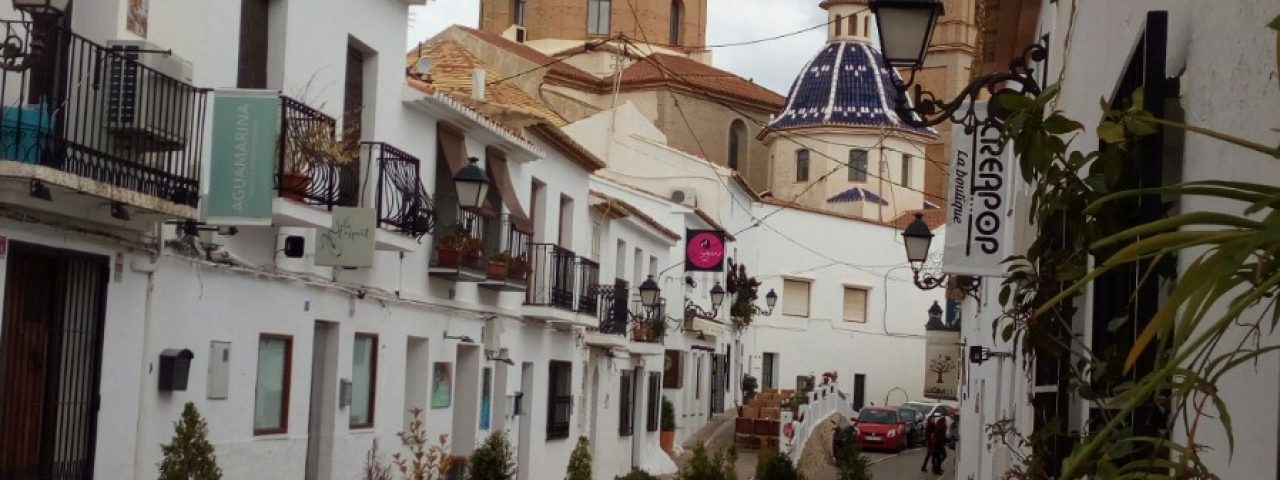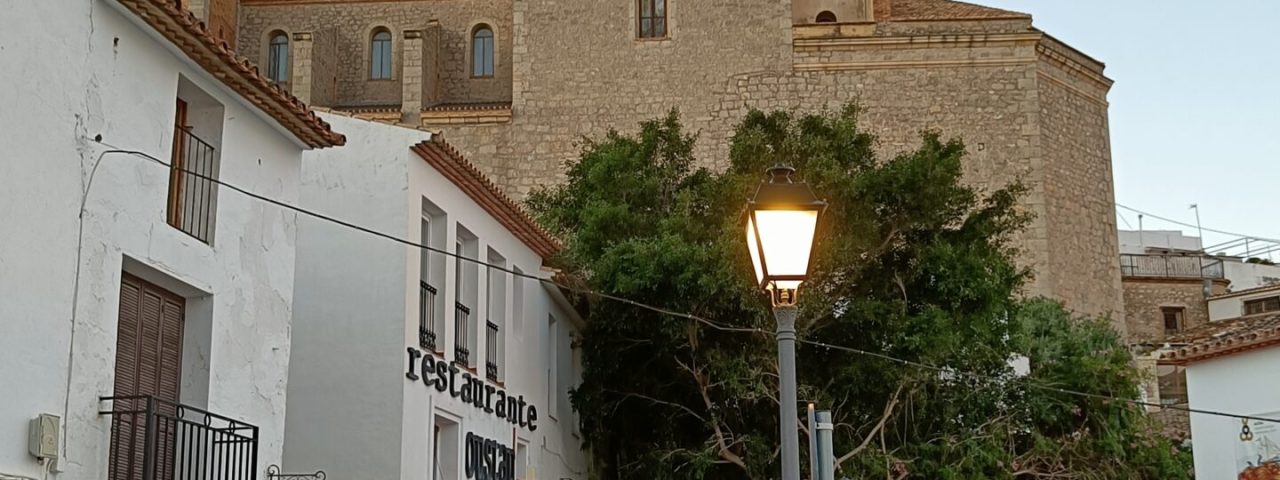Altea’s history is as rich and layered as its cultural landscape. The area has been inhabited since ancient times, with influences from the Iberians, Romans, and later the Moors, who left a lasting imprint on the region’s architecture and traditions. During the Christian reconquest of the Iberian Peninsula, Altea became part of the Kingdom of Valencia in the 13th century, a period that saw the construction of several key landmarks, including the famous Church of Our Lady of Solace.
One of the most significant cultural aspects of Altea is its strong connection to the arts. The town has long been a haven for artists, musicians, and writers, and today it is home to a vibrant artistic community. The Faculty of Fine Arts at the University of Miguel Hernández further solidifies its reputation as a cultural hub. Visitors will find numerous art galleries, studios, and open-air exhibitions throughout the city, contributing to its creative and bohemian atmosphere.
Altea also hosts a number of traditional festivals that offer a glimpse into its rich cultural heritage. One of the most important is the Moors and Christians festival, celebrated in September, which commemorates the historic battles between these two groups. The town also comes alive with processions, music, and fireworks during its annual religious festivals, such as the feast of San Lorenzo.
